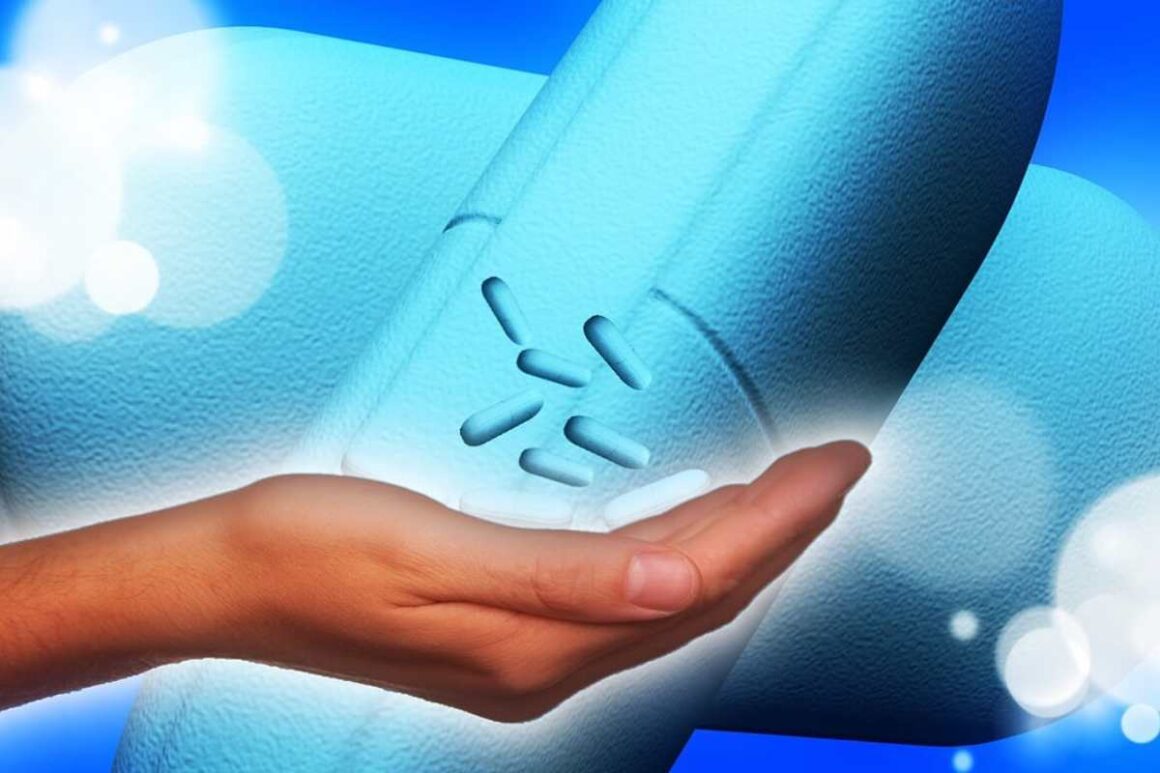It started in a lab. Heart drug trials. White coats. Charts. But behind closed doors, something unexpected happened.
Let’s just say… the side effects were hard to ignore.
That’s how a little blue pill—meant to help chest pain—ended up in nightstands around the world. Not exactly the legacy Pfizer expected when they cooked up sildenafil in the early ’90s. But here we are.
So how did a failed angina medication become the face of ED medications? Buckle up.
Table of Contents
Not Quite the Outcome They Had in Mind
The scientists at Pfizer were chasing a very different target: angina pectoris. Basically, chest pain caused by low blood flow to the heart.
Their theory? A compound called UK-92480 (catchy, right?) could inhibit an enzyme—PDE5—that regulates blood flow. Open the vessels. Reduce pain. Simple.
Except… it didn’t work all that well.
But then came the awkward calls from trial participants.
“Hey, so the chest pain’s still here, but… something else is happening.”
That “something else” was increased blood flow where it mattered most—below the belt. Men in the study were experiencing firmer, longer-lasting erections. The kind that made clipboards fall out of hands.
Cue the pivot.
FDA Approval and the Rise of the Blue Pill
Fast forward to 1998. The FDA gives its blessing. Viagra is born. Not as a heart drug—but as the first oral treatment for erectile dysfunction.
Sales explode. Literally overnight, Viagra becomes the fastest-selling pharmaceutical in history. Doctors can’t write prescriptions fast enough.
Bob Dole (yes, that Bob Dole) goes on TV talking about his ED. America listens. Stigma? Eviscerated.
This wasn’t just a drug—it was a cultural reset.
What’s Actually Happening Down There?
Let’s demystify the magic.
Sildenafil (Viagra’s generic identity) works by inhibiting PDE5. That enzyme usually causes blood vessels to constrict. Kill it—or just dial it down—and blood flows freely.
More blood = better erections. But here’s the twist: you still need to be aroused. It’s not some involuntary rocket launch scenario.
Think of it like removing a traffic jam from a highway. The road’s clear, but you still need a car and a reason to drive.
The Competitors Caught Up (Eventually)
Viagra had the head start, but Cialis and Levitra followed fast. Each had its own flavor.
Cialis stuck around longer—up to 36 hours—which earned it the nickname “The Weekend Pill.” (You can guess why.)
Now? You’ve got options. Brands. Generics. Same-day shipping. And telehealth platforms like Amazon Clinic’s ED treatment service are cutting out the awkward pharmacy line altogether.
No trench coat. No whispering to the pharmacist. Just answers.
The Bigger Deal? It Changed the Conversation
Before Viagra, ED was a punchline. Something men either ignored, denied, or suffered through.
Now, it’s treated like any other health issue. Which it is. Erectile dysfunction often flags deeper problems—heart disease, diabetes, even early-stage Parkinson’s.
So when Viagra made it normal to talk about this stuff, it wasn’t just selling pills. It was saving lives.
Final Thought: Not Bad for a “Failed” Drug
Let’s recap.
A pill meant for the heart ends up redefining male sexuality. It sparks a billion-dollar market. Normalizes one of the most common men’s health issues. Becomes iconic.
All because of a side effect.
There’s a lesson in there, right? That sometimes progress doesn’t knock politely—it bursts through the door, uninvited, and refuses to sit still.
Viagra wasn’t the hero we expected. But for millions of men—and one very surprised pharmaceutical team—it was exactly the one we needed.


